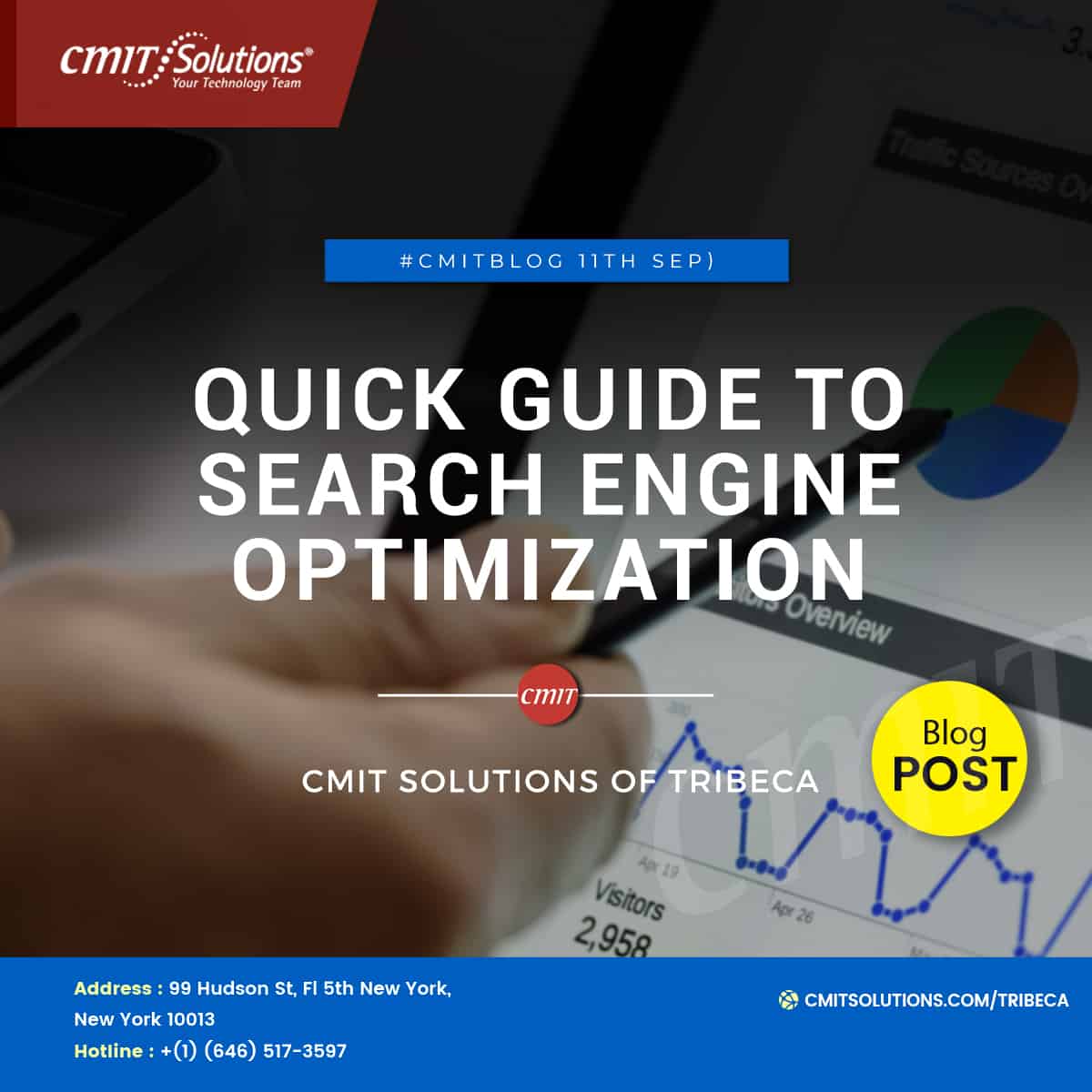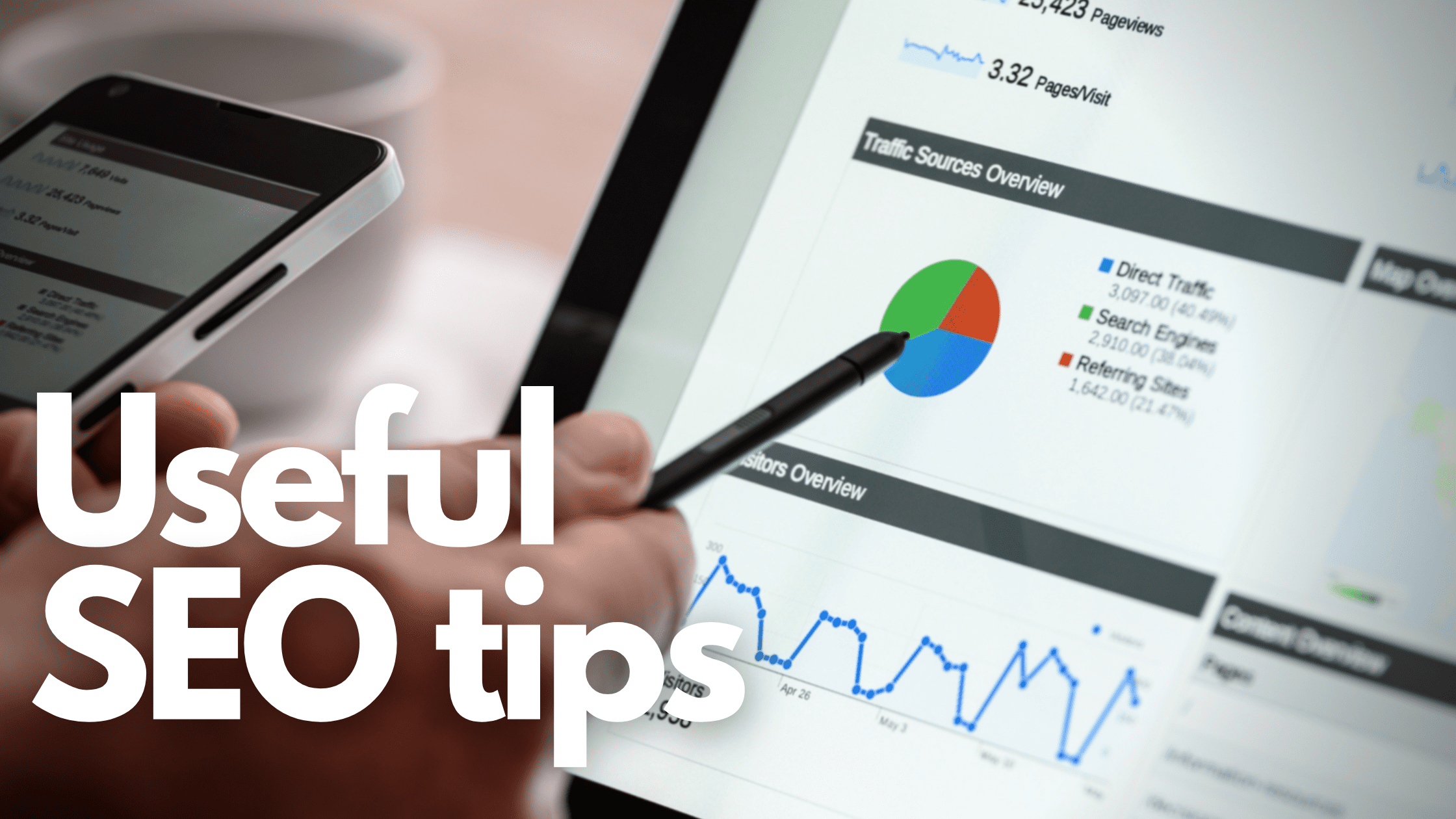SEO translates to search engine optimization, but you probably know that. An interesting question would be, what is the need to optimize your content? As per google, 5,760,000 blog posts get published on the internet per day. The content on the web is multiplying at a whopping speed, making it difficult to match the audience with the right content. Here SEO comes into the picture. Through the right SEO practices, the businesses reach their target audience, and customers can find what they are looking for exactly. It saves time, energy, and resources. SEO means to optimize your content through a particular keyword, so if a user searches that keyword on Google (or any search engine) your content pops up.
To highlight the importance of SEO, I’d like to give you an example. There are literally billions of SEO articles, and millions of people search SEO every month too. Now, if you google the term SEO, about 70,70,00,000 results show up in 0.66 seconds. Ask yourself, are you going to read some hundred-thousandth post or stick to somewhere between 1-10 in the result listing. The top five results on Google get more than 60% of the clicks. It must be pretty clear now that without the right keyword, your website will be listed on maybe 90 something page on Google and barely get a visitor. The time you spend on creating a website or developing content means nothing if you don’t spend some optimizing it.
How it works
SEO is a combination of two wedges- on-page and off-page SEO. On-page SEO is as the same suggests everything that is going on-the-page. It involves title(obviously), meta description, internal links, alt images, the home page, landing pages, etc. While employing the SEO techniques, one thing to keep mind is not to overdo it.
The Off-page SEO is another name for link building. The purpose is to link your site to different sites via third-party referencing to increase traffic. There are three types of links organic, white hat, and black hat involved in SEO. Organic links are the best kind. Anything organic is the best. White hat links are progressive links and represent quality; black hat links are the spammy kind that you must steer clear.
Useful SEO tips
SEO is a tricky business, and a lot can go wrong here. A minor mistake can result in something bad really quick. Here are a few tips to help you optimize your website without making obvious mistakes.
- Keep improving the website content. To attract visitors, you must be offering quality content. Content is primary. Refine your content by adding subtopics and missing information.
- Include a caching plug-in on your website. A caching plug-in speeds up your website, which is important because speed is a factor in the ranking of search results.
- Spend some time assessing what exactly people search for to decide the right keywords you need to optimize.
- Don’t pause SEO. It is not a one-time task but a continuous process. If left on its own, your ranking will gradually degrade.




